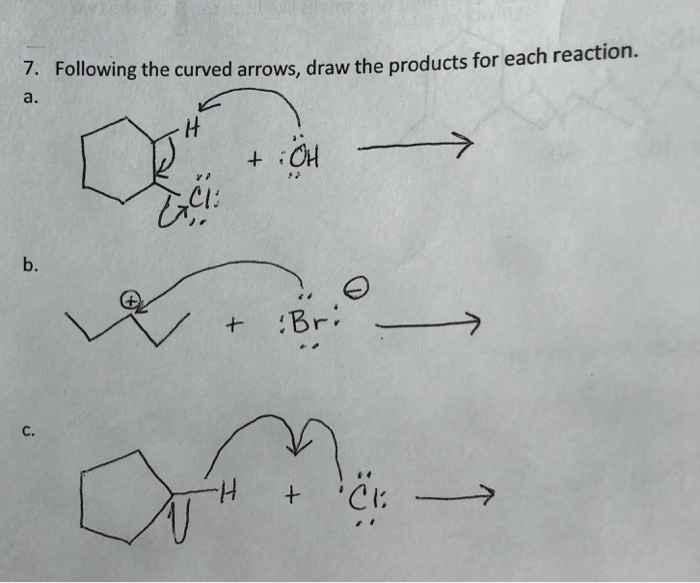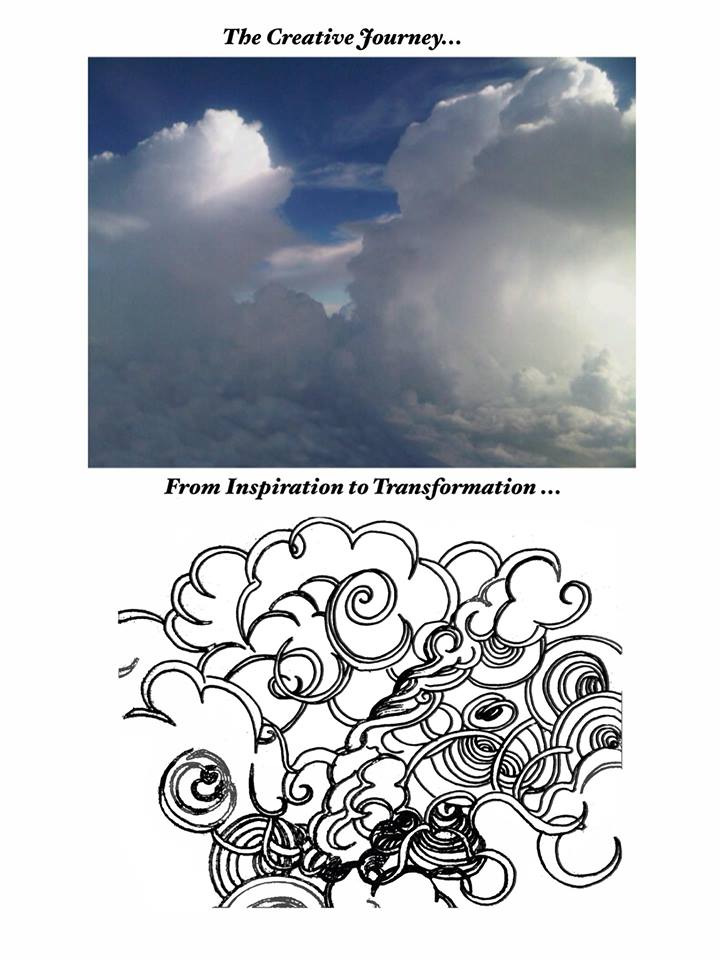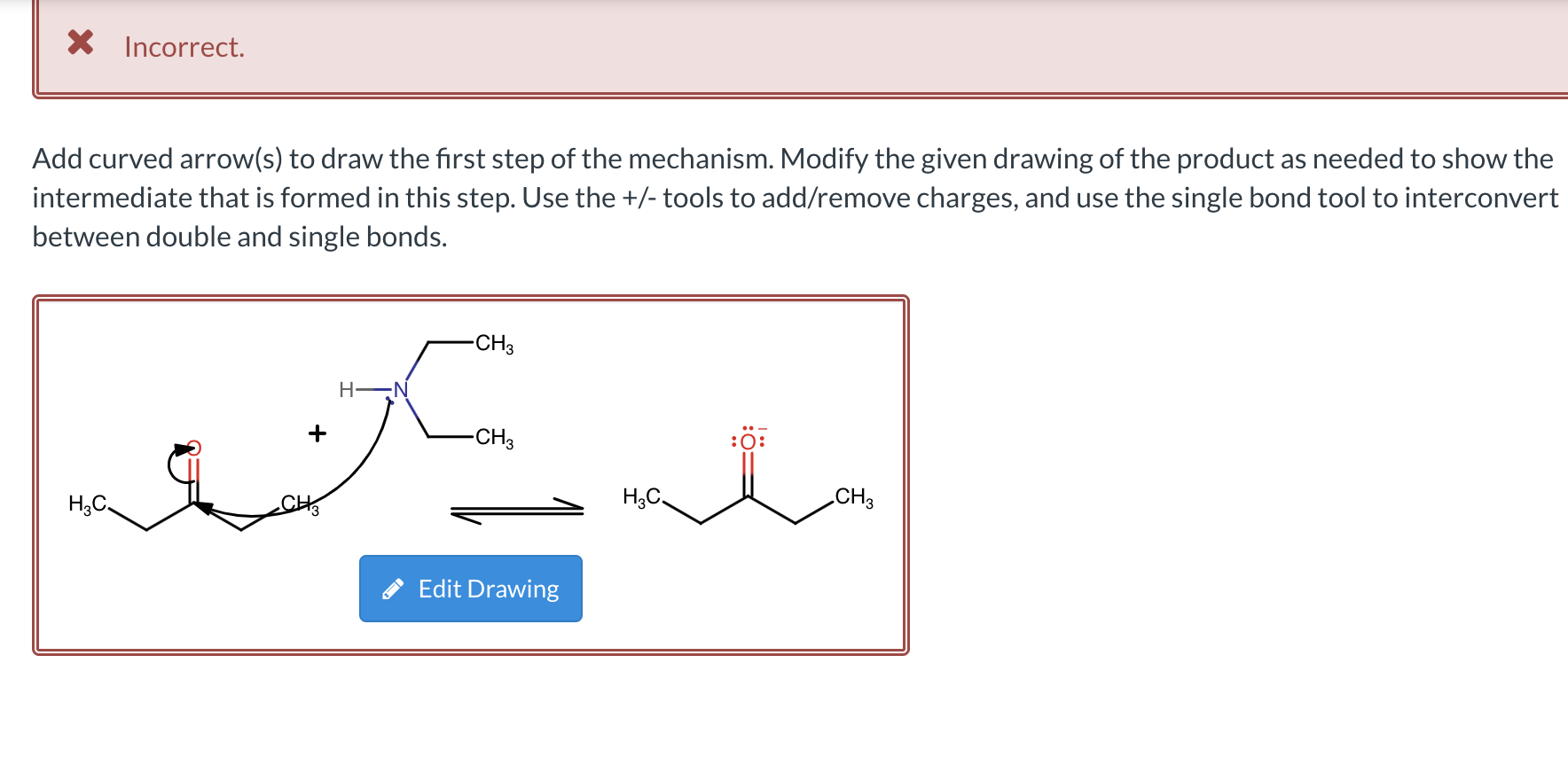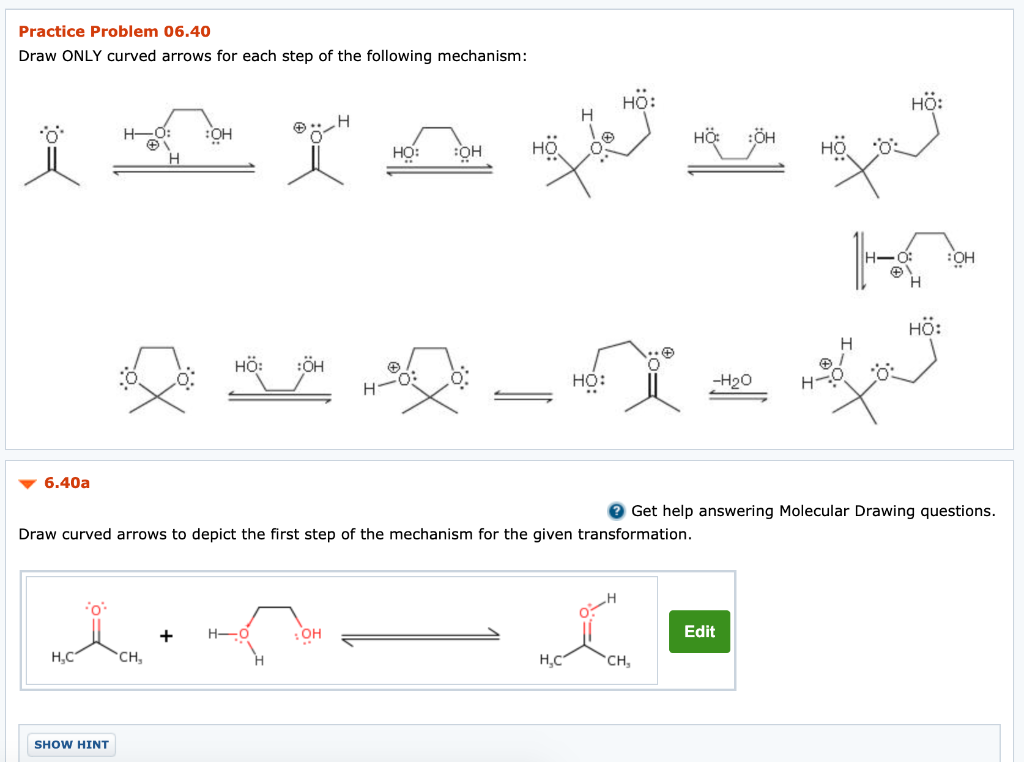Each displacement vector is represented by an arrow, with its length proportional to the vector’s magnitude and direction as specified relative to a reference line (commonly the east-west line for horizontal problems). Here are the steps to draw the vectorr. The proportions and directions of these arrows are crucial as they accurately represent
The Helpful Art Teacher: Fantasy Art: Seeing the extraordinary in the ordinary.
Provide the curved arrow(s) to draw a resonance structure for the following compound. Draw the curved arrows and the resulting resonance structure for the following structure. Draw the curved arrows for the step shown below. Draw a detailed, stepwise organic mechanism for this transformation. For the mechanism, draw the curved arrows as needed.

Source Image: chegg.com
Download Image
Solution for 1. Draw the curved arrows that accomplish the following transformations, and identify the arrow-pushing patterns for each step. CI N° H. OH- + CH….

Source Image: chegg.com
Download Image
Solved Draw a plausible mechanism for the following | Chegg.com Answered: Draw the curved arrows that accomplish… | bartleby. Science Chemistry Draw the curved arrows that accomplish the following transformation. CI CI N. N° N° OH O: NEN + CI Me Me Me CI: CH Edit :NEN: CH, CH, CH, Draw the curved arrows that accomplish the following transformation. CI CI N. N° N° OH O: NEN + CI Me Me Me CI: CH Edit
Source Image: coursehero.com
Download Image
Draw The Curved Arrows That Accomplish The Following Transformation
Answered: Draw the curved arrows that accomplish… | bartleby. Science Chemistry Draw the curved arrows that accomplish the following transformation. CI CI N. N° N° OH O: NEN + CI Me Me Me CI: CH Edit :NEN: CH, CH, CH, Draw the curved arrows that accomplish the following transformation. CI CI N. N° N° OH O: NEN + CI Me Me Me CI: CH Edit This problem has been solved! You’ll get a detailed solution from a subject matter expert that helps you learn core concepts. Question: Draw the curved arrows that accomplish the following transformation. Include lone pairs in your answer. CI CI 、H OH +NEN +C Me Me Me. There are 3 steps to solve this one.
Solved] . (- Question 11 of 40 Curved arrows are used to illustrate the… | Course Hero
Give an example of each of the six types of phase changes. Draw and label the following in a PV plot. Use curves, arrows and labels for each process, T, P or V to make it clear (for example, indicate if T1=T2, etc). a) Isobaric expansion at p1 from point 1 to point 2. b) Adiabatic expansion to point 3. The Helpful Art Teacher: Drawing Imaginary Three-Dimensional Worlds- High School Foundations of Art

Source Image: thehelpfulartteacher.blogspot.com
Download Image
Noting the curved arrows, draw all the products(s), organic and inorganic, of the following reaction. | Homework.Study.com Give an example of each of the six types of phase changes. Draw and label the following in a PV plot. Use curves, arrows and labels for each process, T, P or V to make it clear (for example, indicate if T1=T2, etc). a) Isobaric expansion at p1 from point 1 to point 2. b) Adiabatic expansion to point 3.

Source Image: homework.study.com
Download Image
The Helpful Art Teacher: Fantasy Art: Seeing the extraordinary in the ordinary. Each displacement vector is represented by an arrow, with its length proportional to the vector’s magnitude and direction as specified relative to a reference line (commonly the east-west line for horizontal problems). Here are the steps to draw the vectorr. The proportions and directions of these arrows are crucial as they accurately represent

Source Image: thehelpfulartteacher.blogspot.com
Download Image
Solved Draw a plausible mechanism for the following | Chegg.com Solution for 1. Draw the curved arrows that accomplish the following transformations, and identify the arrow-pushing patterns for each step. CI N° H. OH- + CH….

Source Image: chegg.com
Download Image
Science 10 Unit 2 LM | PDF Solution for Draw the curved arrows that accomplish each of the following transformations. H O-H H H3C OH x-t.. H3C H3C + CH3 CH3 Edit Drawing + H H Start your trial now! … Draw/write what goes over the arrow in the following transformation. Please write the missing reagent(s) over the arrow after analyzing the functional group(s) in

Source Image: slideshare.net
Download Image
Solved Draw a plausible mechanism for the following | Chegg.com Answered: Draw the curved arrows that accomplish… | bartleby. Science Chemistry Draw the curved arrows that accomplish the following transformation. CI CI N. N° N° OH O: NEN + CI Me Me Me CI: CH Edit :NEN: CH, CH, CH, Draw the curved arrows that accomplish the following transformation. CI CI N. N° N° OH O: NEN + CI Me Me Me CI: CH Edit

Source Image: chegg.com
Download Image
Solved Practice Problem 06.40 Draw ONLY curved arrows for | Chegg.com This problem has been solved! You’ll get a detailed solution from a subject matter expert that helps you learn core concepts. Question: Draw the curved arrows that accomplish the following transformation. Include lone pairs in your answer. CI CI 、H OH +NEN +C Me Me Me. There are 3 steps to solve this one.

Source Image: chegg.com
Download Image
Noting the curved arrows, draw all the products(s), organic and inorganic, of the following reaction. | Homework.Study.com
Solved Practice Problem 06.40 Draw ONLY curved arrows for | Chegg.com Provide the curved arrow(s) to draw a resonance structure for the following compound. Draw the curved arrows and the resulting resonance structure for the following structure. Draw the curved arrows for the step shown below. Draw a detailed, stepwise organic mechanism for this transformation. For the mechanism, draw the curved arrows as needed.
Solved Draw a plausible mechanism for the following | Chegg.com Solved Draw a plausible mechanism for the following | Chegg.com Solution for Draw the curved arrows that accomplish each of the following transformations. H O-H H H3C OH x-t.. H3C H3C + CH3 CH3 Edit Drawing + H H Start your trial now! … Draw/write what goes over the arrow in the following transformation. Please write the missing reagent(s) over the arrow after analyzing the functional group(s) in